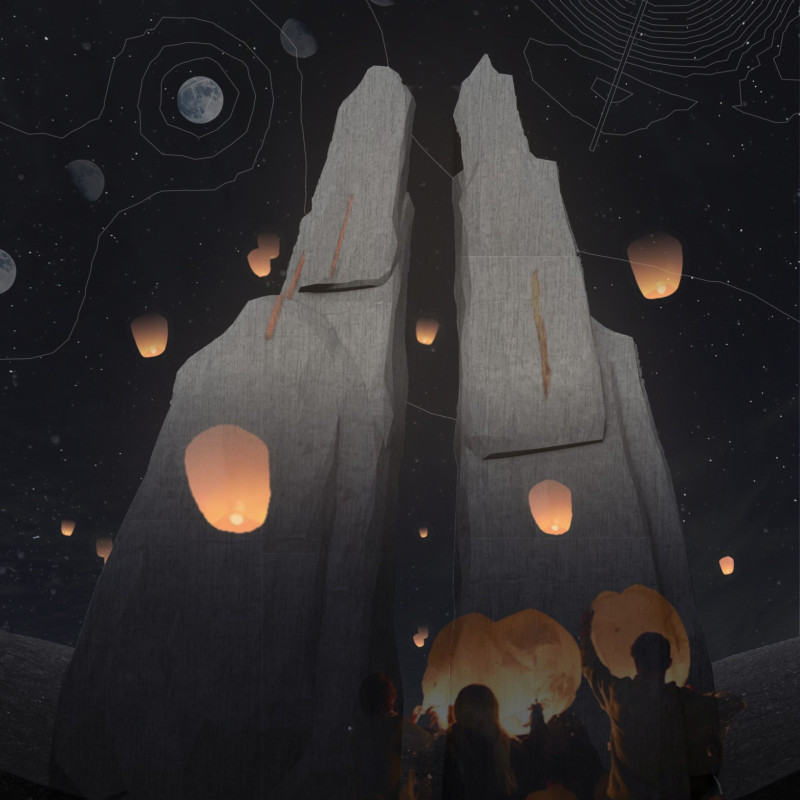5 key facts about this project
At its core, the project serves a multifaceted purpose, whether it caters to residential, commercial, or communal use. The design is carefully crafted to facilitate interactions, providing spaces that promote activity while also offering areas for contemplation and retreat. Every detail, from the layout to the selection of materials, has been meticulously considered to enhance the overall experience of the space.
Key architectural elements of the project include an innovative use of natural light, which is enhanced through large openings and strategically placed windows. This approach ensures that the interior spaces are bathed in sunlight throughout the day, creating a warm and inviting atmosphere. The integration of outdoor spaces, such as terraces or green rooftops, further blurs the line between the interior and exterior, encouraging a harmonious relationship with nature.
The material palette utilized in this project is notable for its sustainability and relevance to the local context. Materials such as locally sourced timber, natural stone, and energy-efficient glazing demonstrate a commitment to environmental responsibility while maintaining aesthetic appeal. The choice of materials also reflects the architectural language of the region, allowing the structure to resonate with its surroundings rather than clash with them. Each material is strategically employed to achieve not only functional benefits, such as durability and insulation, but also to create visual interest and texture.
Unique design approaches are evident throughout the project. The use of passive design principles plays a significant role in maximizing energy efficiency. For instance, the orientation of the building has been optimized to minimize heat gain in the summer while allowing for adequate warmth during the winter months. This thoughtful consideration of climate and orientation exemplifies a deeper understanding of sustainable architectural practices and reflects a broader trend within contemporary design.
Moreover, the spatial organization is characterized by a fluid and flexible layout, which accommodates the evolving needs of its users. Open concept areas merge different functions, fostering a sense of community and interaction. This adaptability is crucial in modern architecture, where the demand for versatile spaces continues to grow.
The aesthetic characteristics of the architecture also deserve attention. The overall form may offer a modern silhouette paired with elements of traditional design, striking a balance that appeals to a wide audience. Textural contrasts may be employed, with smooth surfaces juxtaposed against rough, natural finishes, creating a rich visual dialogue.
Detailed architectural plans, sections, and elevations reveal the meticulous attention to detail that informs every facet of the design. Each drawing provides additional insights into the spatial relationships and material choices that define the project. These diagrams are essential for understanding how design intentions translate into realized outcomes.
The project represents not only a physical entity but also an ideological approach to architecture, blending thoughtful design with environmental consciousness and community engagement. The seamless coexistence of various elements within the design underscores a commitment to both aesthetic and pragmatic goals.
For a more in-depth exploration of the architectural intentions and structural specifics, readers are encouraged to view the project presentation, which includes architectural plans, sections, and other visual materials. Engaging with these resources will provide additional context and appreciation for the sophisticated design ideas at play within this project.























